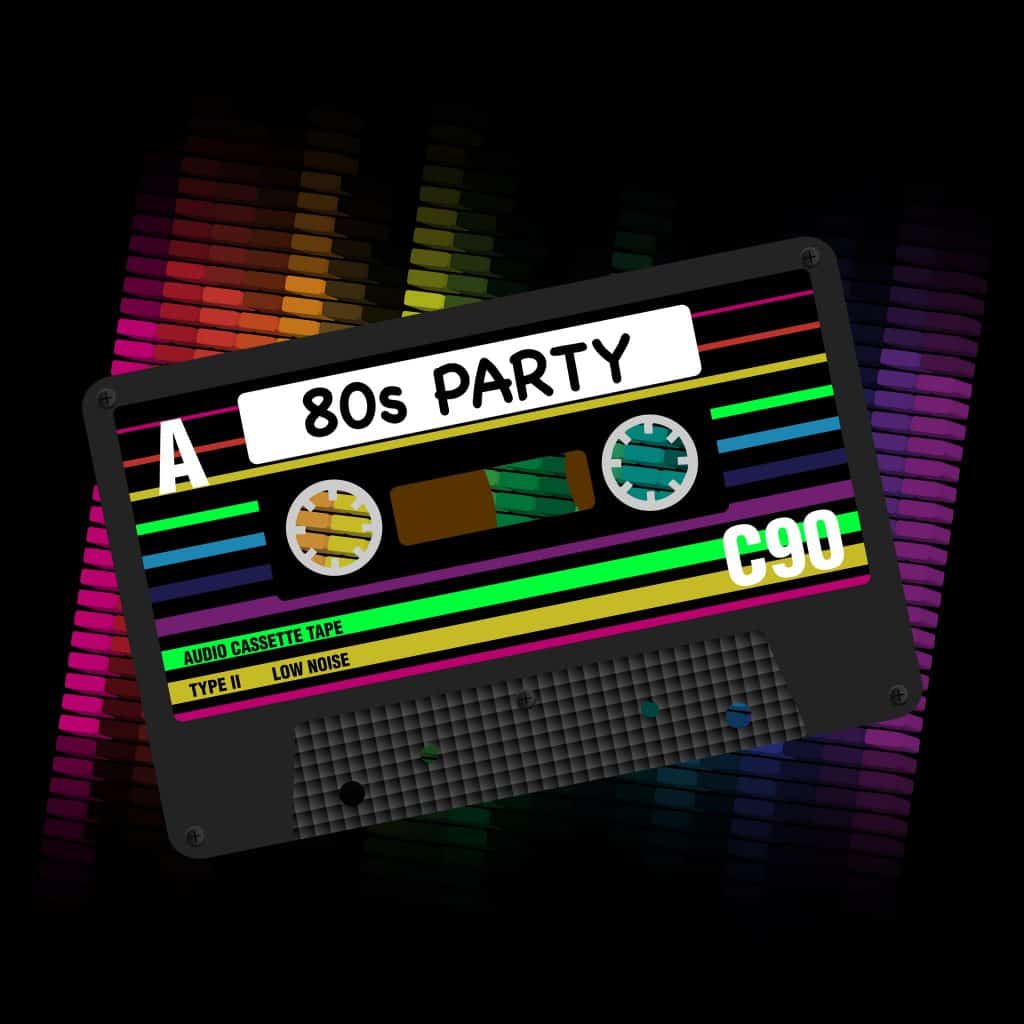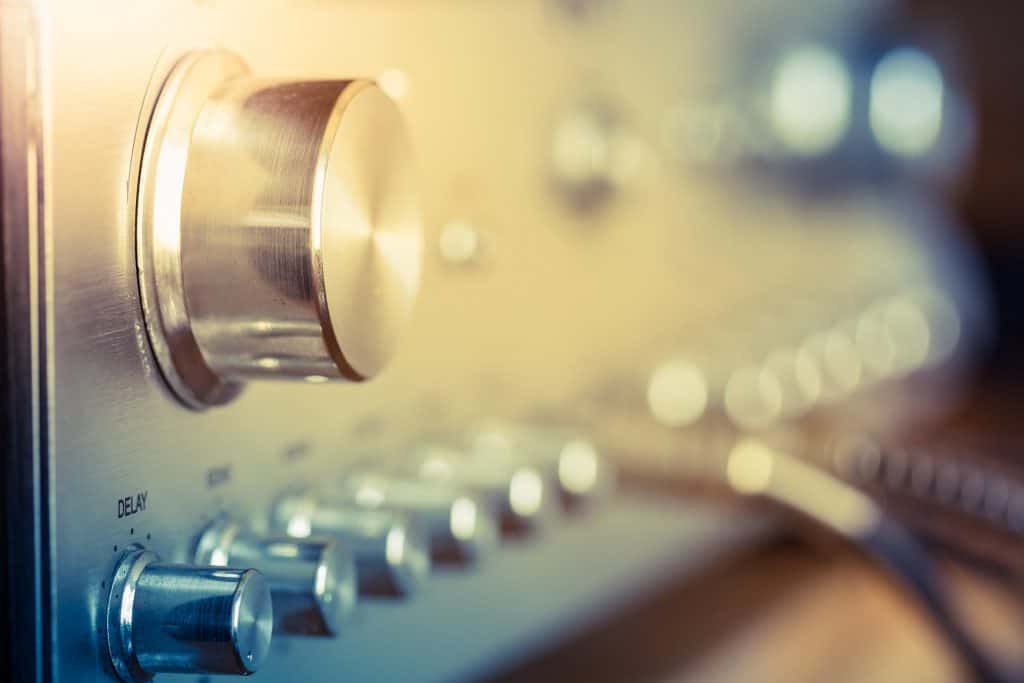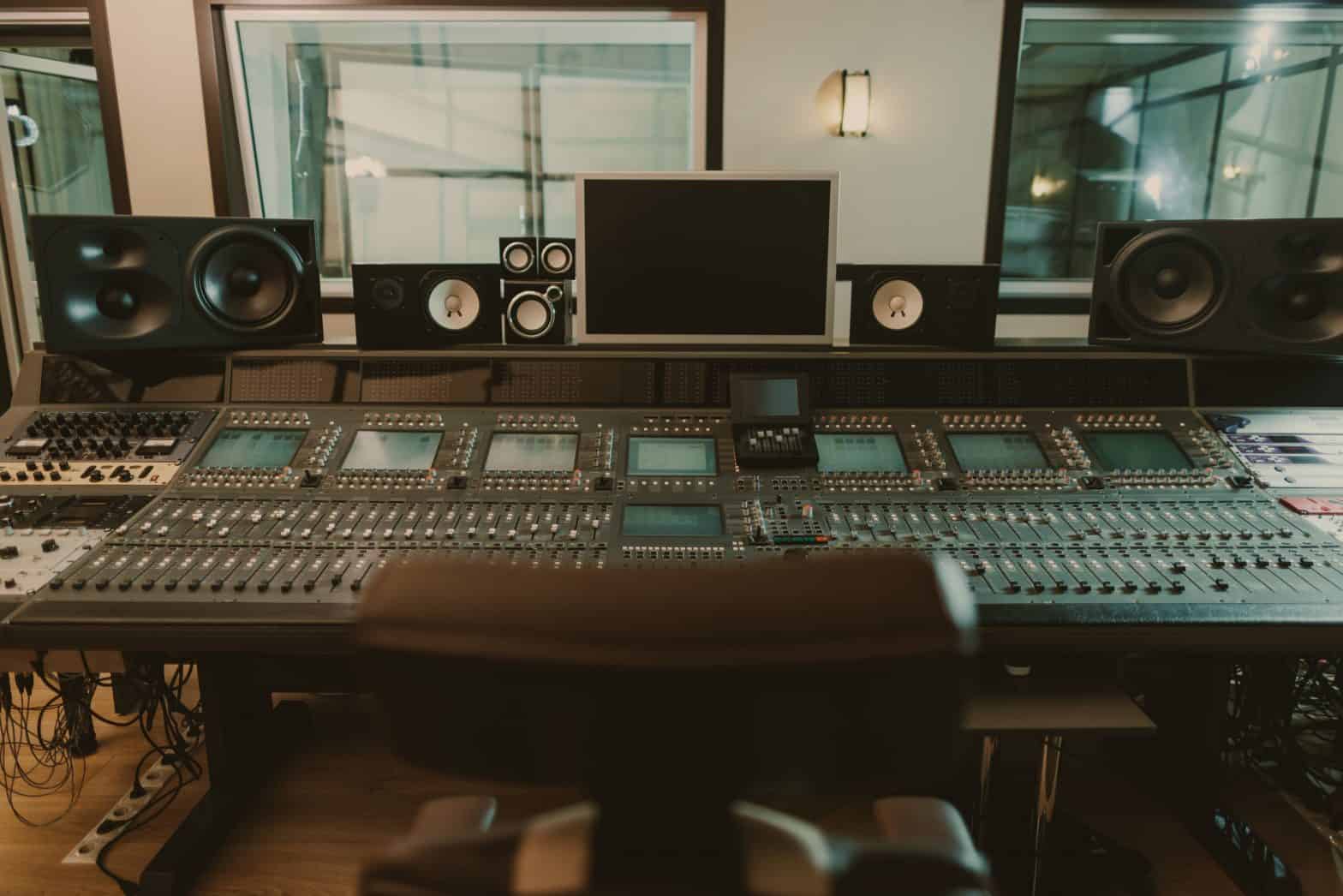You might have come across TR-808, TR-909, or TB-303, and you may be wondering what they mean in music. At first glance, these are only letters and numbers. However, they represent some of the most important musical instruments in the history of modern music.
TR-808 and TR-909 are electronic drum machines created by Roland in the early 1980s. The TB-303 is a bass synthesizer, also developed by Roland in the early 1980s. These three devices were failures upon their release, but they are considered iconic in the twenty-first century.
These musical devices were not popular upon their release but are popular today. They represent major steps forward in music, especially in electronic dance music (EDM). Read on to discover more about the TR-808, TR-909, and TB-303.
The TR-808 and TR-909 Are Classic Drum Machines
It can be challenging to imagine what music would be like today without Roland’s TR-808 and TR-909 drum machines. Many artists have sung about the “808” in their songs, which is not a coincidence. The TR-808, and later the TR-909, shaped modern music, though they did so accidentally.
The TR-808 was in production from 1980 to 1982, and Roland discontinued it because its semiconductors became impossible to restock. While it may have been cheaper than its competitors, the type of music for which it would become famous was not yet in vogue, so people probably did not see it as anything more than a curiosity.
The TR-909 was put into production shortly after Roland ceased the TR-808 production. The TR-808 was in production for two years, but the TR-909 launched in 1983 was only in production for a year. Roland manufactured only about 10000 TR-909s, yet its influence and importance have not faded through the years.
The original goal of the TR-808 and TR-909 was to recreate the sound of a real drum kit. However, if you have ever heard the TR-808 or TR-909 (which you probably have as their sounds are part of many hit songs throughout the years), you will know that they sound nothing like a real drum set. Instead, these two musical devices created something new.
Artists used the TR-808 and TR-909 classic drum machines in numerous musical genres, making them more iconic instruments. These genres include:
- House
- Techno
- Trance
- Trap
- Hip Hop

The TB-303 Is a Classic Bass Synthesizer
Bass synthesizers are used widely in today’s music, but it was not always like that. Roland developed the TB-303, a classic bass synthesizer, and released it in 1981. However, it was a commercial failure since its purpose was to replace bass guitars, and it sounded too unrealistic for that. Roland ceased the TB-303 production by 1984.
Later in 1985, the group Phuture found a TB-303 and paired it with a drum machine. Phuture made the record ‘Acid Tracks’ and took two years to release it in 1987.
Many people still love the sound the TB-303 creates. We can use the device to create bass patterns, which sound very electronic, but that is part of the appeal of the TB-303. Consider these aspects of the TB-303:
- The TB-303 used analog components with, at the time, the best technology available to recreate a typical bass guitar sound (but it did not sound like that).
- The TB-303 has a one-octave ‘piano’ keyboard, a series of buttons that could be on or off. This keyboard gave a musical interface.
- The TB-303 has a step sequencer, which works similarly to the sequencers of the TR-808 and the TR-909. With the TB-303’s keyboard, we can enter notes with a length and make a bassline like that. We could play such a bassline in time with the drumbeat of a drum machine.
- The TB-303 has six controls by which users can change the tone of its sounds. On the other side of the world, these controls became important a half-decade later, especially the cut-off and resonance controls.
Even when Roland produced only 10000 units of this classic bass synthesizer, artists still use it. Some DAW plugins can simulate the TB-303. So, while it may look that the TB-303 initially did fail, it did not stay that way through the years.
Why the TR-808, TR-909, and TB-303 Are Important
Modern music would not be what it is if Roland had not created the TR-808, the TR-909, and the TB-303. However, to find out why these music devices are so important, we can look at some of the innovations they introduced to the music world to understand:
- The designers’ intention of the TR-808 was to compose rhythms and store programmed beats easily, which we can do with its sequencer.
- The TR-808 sound was analog, making tonal adjustments possible, such as changing the punch in the kick drum or the sizzle in the hi-hats.
- Roland created the TR-909 to improve upon the TR-808, which included analog sounds and digital samples. For example, users could de-tune the kick drum or toms for analog sounds. However, the cymbals and hi-hats are digital samples to get a more realistic sound.
- When the TR-909 launched, its drum sounds did not fit in the music genres but worked well later for House and Techno. For example, the kick drum and toms had a too powerful sound compared to an acoustic kit.
- Roland’s first drum machine with the MIDI feature was the TR-909. MIDI was then a new technical standard and allowed instruments to communicate with each other. With MIDI, people could build small studios that caused a change in power from record companies to other people making music.
- The TR-909 sequencer allowed users to create patterns with the built-in drums sounds, and its features like ‘flam’ and ‘shuffle’ made the pattern playback feel more human. With TR-909, users could make patterns swing, and with its MIDI feature, users could also give swing to the sounds of other MIDI gear, such as samplers.
- The TB-303 used analog components with, at the time, the best technology available to recreate a typical bass guitar sound (but it did not sound like that).
- The TB-303 has a one-octave ‘piano’ keyboard, a series of buttons that could be on or off. This keyboard gave a musical interface.
- The TB-303 has a step sequencer, which works similarly to the sequencers of the TR-808 and the TR-909. With the TB-303’s keyboard, we can enter notes with a length and make a bassline like that. We could play such a bassline in time with the drumbeat of a drum machine.
- The TB-303 has six controls by which users can change the tone of its sounds. On the other side of the world, these controls became important a half-decade later, especially the cut-off and resonance controls.
The importance of the TR-808, TR-909, and TB-303 cannot be understated because whole music genres would not exist without them. Moreover, they paved the way for modern drum machines, drums synthesizers, and bass synthesizers.

From Commercial Failures to Classic Icons
When one asks what the TR-808, TR-909, and TB-303 mean in music, a part of the answer probably is that they mean innovation. These devices started a musical movement, which was maybe not Roland’s intention. Roland did probably not make those drum machines and the bass synthesizer for music such as House, Trance, and Hip Hop. So, why were these musical devices, currently revered by many in the music industry, such failures when they were released?
The TR-808, TR-909, and TB-303 were all commercial failures because they did not replicate the sound of real drums and a real bass guitar. These three devices were too expensive at their launch for many people. However, people started to use them after a price drop, and their sounds are still popular today.
Many artists were not sure how to implement these devices into their music. It made more sense for them to get more real-sounding drums and basses for their music instead of experimenting with these musical devices by Roland.
The three devices are the backbone of many hits, and the reasons for that are probably at least:
- The price of the devices eventually became relatively cheap. All three devices were commercial failures, and therefore they later could be found relatively cheap, for example, in secondhand music shops. The cheapness was great for artists who did not have much money but still wanted to record music.
- The devices offered new sounds. The sounds that these devices by Roland made were entirely new and innovative. For artists, it was perfect to create something new.
Artists latched onto these devices and began creating new music. Even today, artists of all levels enjoy using these devices because they represent the backbone of several modern music genres.
Conclusion
The TR-808, TR-909, and the TB-303 represent major innovations in music. Though they were commercial failures upon their releases, they became later icons.
Since they were cheap in the 80s, people latched onto them and gave them a chance. At these times, the devices could help them to make different music.
Today, the music industry reveres these classic music devices, and these devices probably continue to impact the music industry.

